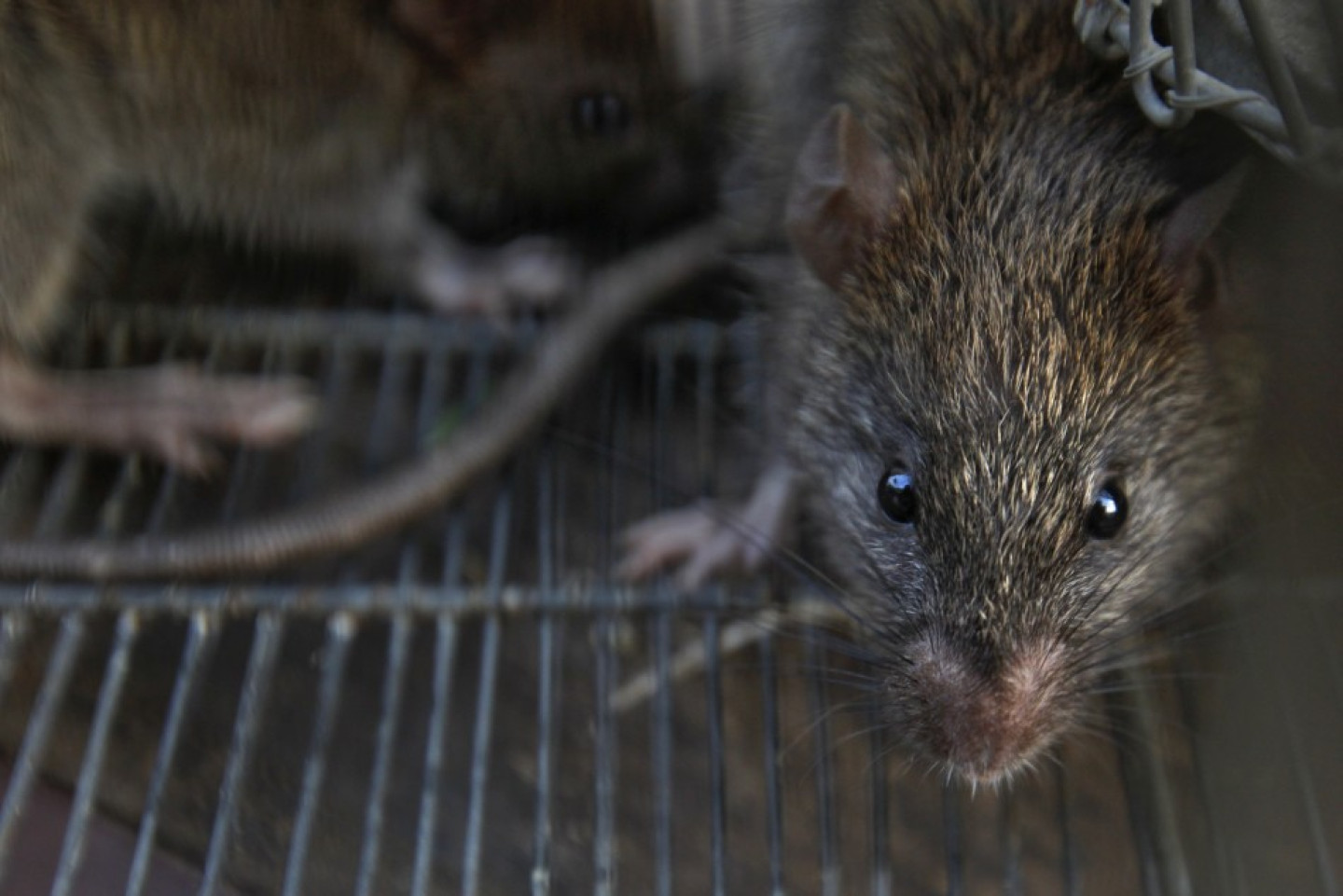Britain Facing Huge Pest Plague

A cocktail of lamentable circumstances is proving a potent mix, fuelling a surge in pest infestations across Britain.
As austerity measures bite, living standards fall, the property rental market grows and we have mild - even warm - autumn weather, Britain's pest population is exploding.
One in ten councils do not offer pest control services. As the public sector cuts bite, this number could grow - and so will the number of pests.
Along with pests come health fears. Peckish insects that nibble on us and the furry pest variety, like brown rats, carry harmful diseases.
The public has been warned of the health dangers posed by pests in recent years.
There are fears that the Asian Tiger mosquito will hit Britain's shores soon. It carries chikungunya, a disease that can cause insomnia and intense headaches, and its effects can last for weeks.
In 2010 a warning was issued over oak processionary moths, which dwell in oak trees. As they eat away at the foliage, they not only damage the tree, but pose a danger to humans.
Their hairs can induce athsma attacks in humans, as well as cause skin irritation and itchy eyes.
How can we defend our homes from any impending infestation?
"Check for any gaps in brickwork and anywhere water could enter the building and seal it," says Savvas Othon, Technical Director at Rentokil Pest Control.
"Washing machine and tumble dryer vents are often forgotten areas. Check insulation on external doors and add bristle strips if needed.
"A fully grown mouse just needs a 6mm gap to sneak into a house, so if a biro fits through the gap, so will the mice."
Gardens also need to be checked for mice. "Overhanging tree branches touching the guttering, or climbing plants growing up the walls, need to be cut back," he added.
"Gutters should be unblocked, as this is another entrance route for mice and rats. Also check under any decking; rodents can settle and nest in this cosy place too."
Here's a lowdown on the most common pests in Britain.
Midges
Midges, gnats or mosquitos - whatever you call them, they're annoying.
Fortunately their numbers dwindle in the winter months, but more and more are surviving milder British winters.
A few carry diseases like malaria and West Nile virus, both of which can be fatal.
The mosquito situation has become so bad in Britain that the Chartered Institute of Environmental Health has set up "Mosquito Watch", a service to report sightings of certain types of aggressive mosquitoes.
Rats
Inner city areas, particularly in London, struggle to keep a hold on their rate populations.
Dirty areas strewn with rubbish provide perfect feeding grounds for rats.
People living in these areas rely heavily on local councils to control the rat population.
As the swingeing government cuts start to take effect, these services are jeopardised and an already bad situation looks set to get worse.
Make sure you dispose of your waste carefully and cleanly, or risk making your leftovers a lavish feast for rodents.
Rats carry diseases, such as Lyme disease, which can cause fever and even heart problems.
Parasites
Another failure in controlling the vermin population can be seen in urban foxes. These foxes are riddled with parasites.
While we may not care about foxes suffering from fleas, tapeworm, ringworm, ticks and other such nasties inhabiting them, we care about the pets that these parasites spread to.
As urban fox numbers increase, so do the parasites that feed on them. That means our dogs and cats are more at risk - as are our wallets form all the vets' bills.
Keep a close eye on your pets and make sure they're protected from parasites.
Moths
Moths are seen by many as the ugly sisters to its beautiful butterfly sibling.
They're destructive creatures, as moth larvae chomp through clothing and fabrics, leaving holes in your best clobber, or that nice soft fabric sofa you've just bought.
While moth infestations don't present any health risks, they can cause plenty of damage to your home.
Among the most common species in the UK are clothes moths, codling moths and gypsy moths.
Keep your clothes and fabrics clean. If in storage, wrap them in plastic. This will keep moths at bay, as they are attracted by stains, dry sweat, oils and foods.
© Copyright IBTimes 2025. All rights reserved.






















